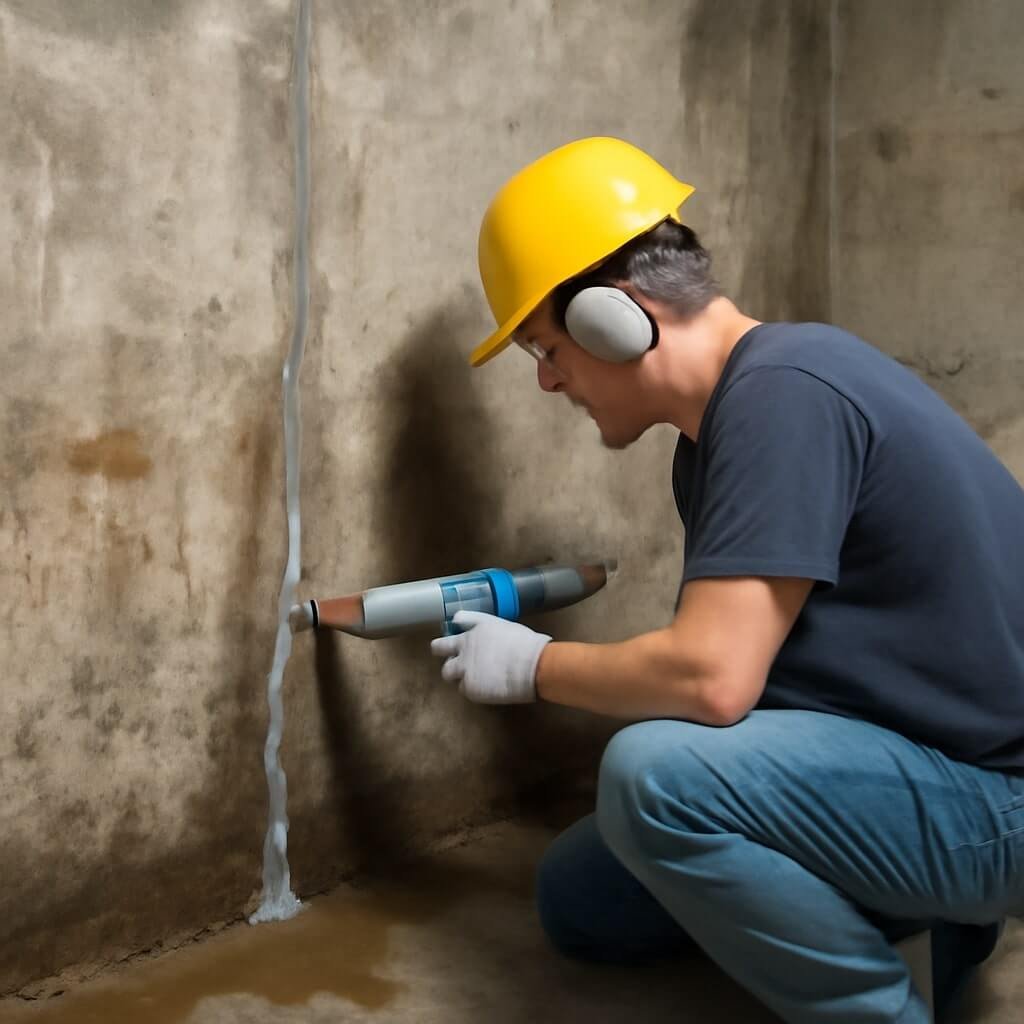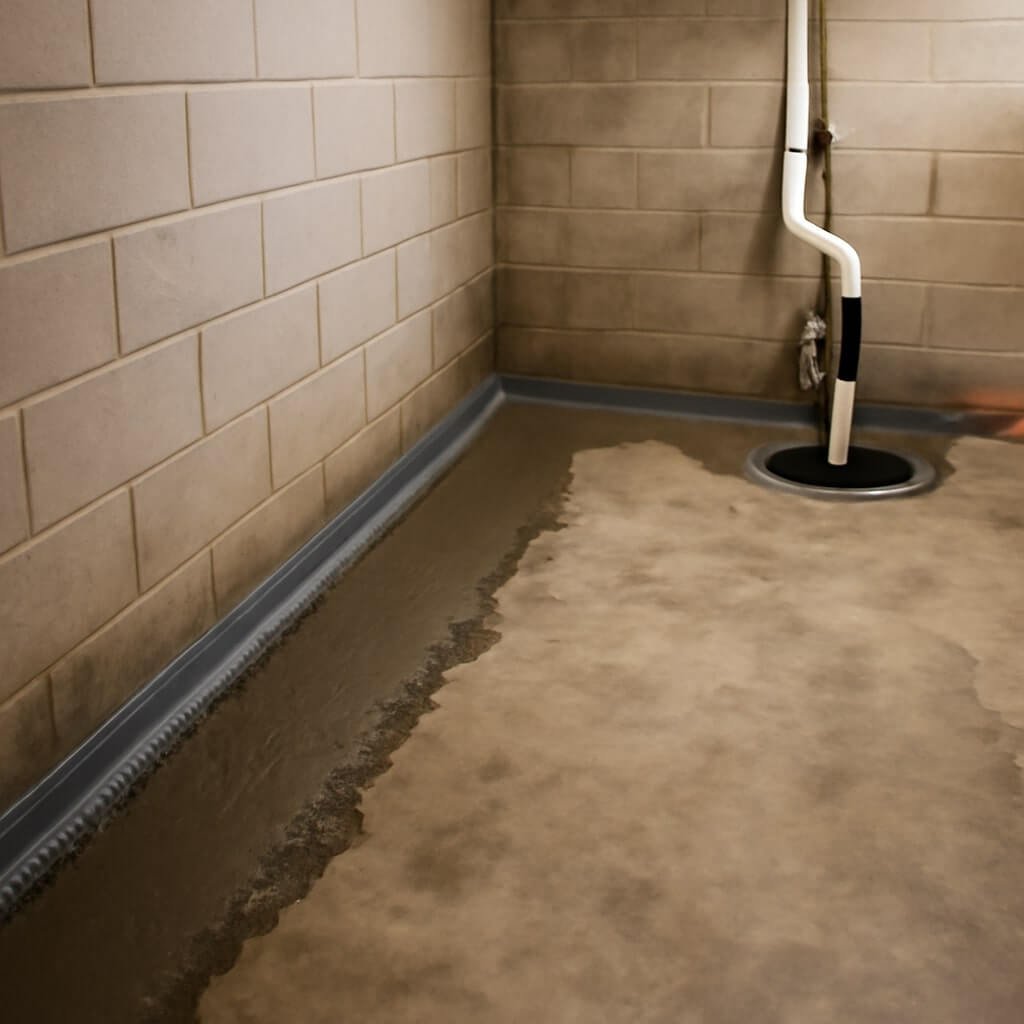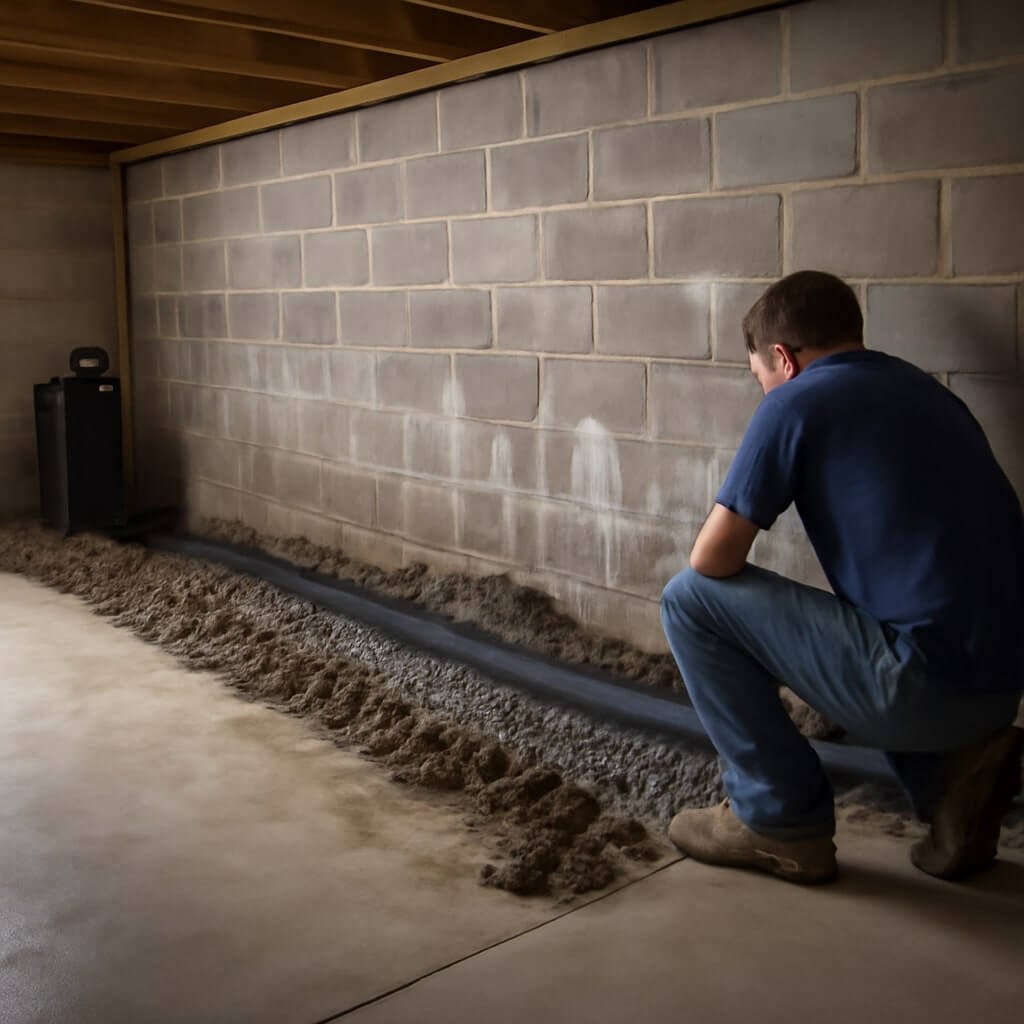Detecting basement leaks early can save you thousands of dollars in repairs and prevent health hazards caused by mold and mildew. Basement leaks often start subtly and may go unnoticed until major damage occurs. This article dives deep into how to detect basement leaks early by identifying 12 powerful signs you shouldn’t ignore. With practical advice and expert tips, you’ll be empowered to protect your home effectively.
Understanding Basement Leaks
Basement leaks occur when water penetrates your basement walls or floors, either from groundwater, plumbing failures, or surface water runoff. They are a common problem in homes with poor drainage, cracked foundations, or aging plumbing. Understanding the sources of leaks can help homeowners be more vigilant and proactive.
Why Early Detection Matters
The damage caused by basement leaks can quickly escalate from minor dampness to structural damage, mold infestations, and even health issues for your family. Early detection allows for timely repairs, reducing repair costs and preserving the integrity of your home. Plus, it keeps your indoor air quality healthy.
12 Powerful Signs to Detect Basement Leaks Early
1. Cracks in Walls and Floors
One of the earliest visible signs of a basement leak is cracks appearing in concrete walls or floors. These cracks can let water seep through, worsening the problem if left untreated. Pay close attention to horizontal cracks as they often indicate pressure buildup from outside water.
2. Water Stains and Efflorescence
Water stains on walls or floors, often accompanied by a white powdery substance called efflorescence, are telltale signs of water intrusion. Efflorescence forms when water evaporates, leaving behind salt deposits from the concrete or masonry.
3. Musty Odors and Mold Growth
A musty or damp smell in the basement often signals mold growth caused by excess moisture. Mold can grow within 24-48 hours of water exposure and thrives in dark, damp environments like basements.
4. Damp or Wet Walls and Floors
Feeling dampness on basement walls or floors, even if no visible water is present, can indicate moisture intrusion. This can be confirmed using a moisture meter for accuracy.
5. Warped Wood and Rusted Fixtures
If you notice wooden beams, furniture, or storage items warping or metal fixtures rusting, it could be due to consistent moisture exposure from leaks.
6. Increased Humidity and Condensation
Basements with leaks often have higher humidity levels and condensation on windows or pipes. This moisture buildup can be monitored with a hygrometer.
7. Water Pools or Puddles
The most obvious sign is standing water or puddles in the basement after rain or snowmelt. This requires immediate attention to prevent further damage.
8. Sudden Increase in Water Bills
Leaks can cause your water bills to spike unexpectedly. Check for plumbing leaks that may contribute to basement moisture.
9. Mold or Mildew Spots
Visible black, green, or white mold patches are indicators that moisture has been present for some time.
10. Peeling Paint or Wallpaper
When water seeps through walls, paint or wallpaper may bubble, peel, or crack.
11. Sump Pump Malfunction
If your sump pump is running constantly or not at all, it may signal drainage issues, causing leaks.
12. Outdoor Drainage Problems
Poorly maintained gutters, downspouts, and grading can cause water to flow towards your foundation, leading to leaks.
Basement Leak Detection Tools and Techniques
Using tools like moisture meters, infrared cameras, and sump pump monitors can help detect hidden leaks. Regular inspection routines and smart sensors can also alert you early.
Preventive Measures to Avoid Basement Leaks
Simple steps such as cleaning gutters, sealing cracks, improving exterior grading, and installing waterproof membranes can greatly reduce the risk of leaks.
When to Call a Professional
If leaks persist or you notice significant structural damage, calling a waterproofing specialist or plumber is essential for proper diagnosis and repair.
Frequently Asked Questions (FAQs)
1. How often should I inspect my basement for leaks?
It’s recommended to check your basement at least twice a year, especially after heavy rains or snowmelt.
2. Can I fix basement leaks myself?
Minor cracks and leaks can sometimes be sealed with DIY products, but larger or persistent issues require professional help.
3. What causes basement leaks besides rain?
Common causes include plumbing leaks, groundwater pressure, poor drainage, and foundation cracks.
4. Is mold from basement leaks dangerous?
Yes, mold can cause respiratory problems and allergic reactions, so it should be treated promptly.
5. Will a dehumidifier solve basement leak problems?
A dehumidifier helps control moisture but doesn’t fix the source of leaks.
6. How much does basement waterproofing cost?
Costs vary depending on severity, but professional waterproofing can range from $1,500 to $10,000 or more.
Conclusion
Early detection of basement leaks is crucial to protecting your home from costly damage and health risks. By knowing the 12 powerful signs, using detection tools, and taking preventive measures, you can keep your basement dry and safe. Don’t wait for visible flooding—act at the first hint of trouble to safeguard your investment and wellbeing.




